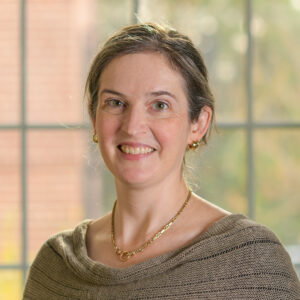Sam Finkelstein and Duncan Hewitt
Curated by Hilary Irons
January 27, 2024 – May 6, 2024
Art exists that one may recover the sensation of life; it exists to make one feel things, to make the stone stony. The purpose of art is to impart the sensation of things as they are perceived and not as they are known. The technique of art is to make objects “unfamiliar,” to make forms difficult, to increase the difficulty and length of perception because the process of perception is an aesthetic end in itself and must be prolonged. Art is a way of experiencing the artfulness of an object: the object is not important.
—Viktor Shklovsky, Art as Technique, 1917
To reconcile ourselves with the objects and narratives we encounter in the course of a lifetime—to truly recognize them with creativity and intention—we must consciously slow and complicate our habits of thought around those objects and narratives, in the Russian Formalist theorist Viktor Shklovsky’s formulation. This complication is what he calls estrangement, or defamiliarization. Without this shift, we fall into perceptual habits, and lose the opportunity to encounter life in a state of creative wakefulness. “Habitualization devours work, clothes, furniture, one’s wife, and the fear of war,” Shklovsky says. Jettisoning habitual beliefs adds depth to what we already know in the world; art is generated by the forced shift away from the known and accepted. And by instituting this distance, we reinvest the things and moments of daily life with deep emotion, strange and
new. In the sculptural work of Sam Finkelstein and Duncan Hewitt, our experience of recognition is slowed, roughened, and made new again in this precise manner.
With restless intensity, Finkelstein and Hewitt’s sculptures grapple with the fraternal twins of stone and wood; the shapes to which they give form are reflected in the smokey mirror of defamiliarized objects. Ice skates, so realistic that the old leather ones can be distinguished from the new plastic models, are set in place but seem to move of their own volition across small opaque blocks of ice in a wood sculpture of Hewitt’s. A stone sphere made from a single piece of Rockland limestone, a deep smooth recess in a rough block of the same material, and a set of small wall-mounted granite rectangles suggest a staring eye, a deep vortex, and tiny landscape paintings, using the natural patterning of the stone itself to drive these images in Finkelstein’s work. Perception is slowed down, as our wish to see clear images competes with what the materials of stone and wood are telling us.
The artists’ work flickers in and out of representation—first it reminds us of something close to our hearts, then it reminds us only of the material with which it was made. The gulf between those moments becomes the subject. Skirting the borderlands between mimetic representation and non-objective abstraction, the work accumulates density and interior darkness like dying stars in orbit. Filled with both the warm immediacy of recognition and the cool detachment of the monument, the gravity of their work pulls the moment of perception into near-stillness, distorted like the anamorphic skull in Holbein’s The Ambassadors.
Looking at the instant of the evening’s rejection of daylight (or of life’s transition into death), Emily Dickinson articulates the wrenching sensation that comes with a slowed-down manner of perceiving daily occurrences, in poem 425:
I can look—can’t I—
When the East is Red?
The Hills—have a way—then—
That puts the Heart—abroad—
In the work of Finkelstein and Hewitt, the heart is put abroad with precision and tenderness every time a new object is approached for reconsideration and estrangement by the artists. The stone becomes stony as it moves us into a new understanding of the object, tradition, or sensation to which it refers. The wood regains its talismanic wooden power as we encounter anew the things that we loved and forgot.
About the Artists:


